Continuing on with our Top 10 Tips Series, we arrive at the final lift classified as “The Big Four” -- the overhead (or military) press.
The overhead press is a true test of strength, will, and bravery, as there is the very real possibility of getting crushed by the weight.
In fact, many lifters who would be considered strong by all accounts (i.e. putting up big numbers in the squat, bench and deadlift) are often humbled by the overhead press.
So, what’s considered “strong” in the overhead press.
It’s generally accepted that being able to strictly press 75% of your body weight overhead is pretty formidable.
FYI, that means if you’re 200 lbs, you would be able to press 150 over head.
Most lifters will never reach that level, and a good majority of the ones that do often have to use all kinds of momentum, leg drive, and hyperextension of the spine to accomplish it -- not something we’d recommend in the least.
Today, we’ll give you our top 10 tips for building a bigger, badder overhead press.
Let’s GO!
Top 10 Tips for a Bigger Overhead Press
#1 Proper Set Up is Critical
If you start with a janky set up prior to pressing overhead, you’re doomed before you even start the lift.
A lot of lifters use too wide of a stance along with too wide of a grip, which often leads to pain or having to use a lot of body english and leg drive to get the weight up.
Proper setup for the overhead press begins with proper foot placement.
Your feet should be approximately hip-width apart -- roughly the same distance they would be if you were performing a conventional deadlift.
Next, you should grip the bar such that your hands are just outside of shoulder-width.
The barbell should be placed at the same height as your collarbone.
You’re now set up to begin the lift properly, now let’s see what other areas we can improve to increase your overhead press.
#2 Use a False Grip
The false (aka suicide) grip is usually downplayed by many in the strength community, especially on exercises like the bench press where it can lead to catastrophic injury.
But, in the case of the overhead press, it actually leads to bigger, stronger pressing for many individuals.
The reason for this is that it allows for a better path of the bar since it keeps the barbell closer to the centerline of the body.
The false grip also tends to be easier on the shoulders and wrists as well when overhead pressing compared to the conventional thumbs-wrapped-around the barbell grip.
Some important things to keep in mind when using a false grip:
- Use chalk to make sure the barbell doesn’t slip.
- Grasp the bar with the midline of your palm, not your fingertips
- Not leg drive, momentum, or bouncing the weight up and down
- Maintain a tight, stable torso
- Squeeze the bar with all five fingers throughout the pressing and lowering of the bar
#3 Increase Core Strength
A strong core is essential to pressing impressive weights overhead.
Since you’re pressing weights overhead while standing, everything from your legs, glutes, and core need to be locked and loaded.
Individuals with a weak core will try to compensate for this lack of strength and stability by hyperextending their low back -- which increases the risk of injury.
While you’re working on building a bigger overhead press, also take time to properly train the core using exercises such as hanging leg raises, advanced plank variations, cable crunches, etc.
Additionally, make sure that when you do set up for your overhead press, you’re squeezing the hell out of your abs, glutes, and quads. The more tension you can create throughout your entire body, the stronger your overhead press will be.
#4 Improve Shoulder Stability
You’re only as strong as you are stable, meaning in order to generate a maximum amount of force you need to be as stable as humanly possible.
A big reason many lifters struggle to press big weights overhead is that they simply lack stability in the shoulder joint, which is partly understandable as the joint is quite possibly the most mobile one in the entire body.
Some of our favorite moves for improving shoulder stability (particularly in the overhead position) are Turkish Get-Ups, overhead loaded carries, and bottoms-up kettlebell presses.
#5 Make it a Priority
As we’ve said with all the other exercises in this top 10 tips series, if you want to improve on a specific lift, then you should make it a priority.
That means training it first in your workouts, and training it (or movement patterns that mimic the movement) multiple times per week.
Greater physical and neuromuscular efficiency will translate to greater proficiency in the lift and bigger lift totals.
Remember, specificity is key in sports (and many other things in life).
So, if you really are serious about building a bigger overhead press, structure your training accordingly.
#6 Do the Right Accessory Exercises
The overhead press is predominantly considered a shoulder exercise, but in reality it is a total body exercise (much like the other “Big 3” lifts).
Overhead pressing does hit the delts, but it also involves the upper pecs and triceps as well as relying on the lower body and upper back for stability.
Key exercises to perform to support the overhead press, include:
- Seated Dumbbell Press
- Machine Press
- Z-Press
- Upright Row
- Incline Presses (dumbbell or barbell)
- Dips
- French Press
- Side lateral raise
- Rear delt raise
Just because your focus is the overhead press doesn’t mean you should forget about all the other muscle groups on the body. Quite frequently, it is the synergists, antagonists, and support structures that hold you back.
Focus on making every muscle as big and strong as possible and watch your overhead press increase.
#7 Get Stronger in Moderate Rep Ranges
Going for a heavy single or testing your 1-rep max is all well and good, but if you want to really see your overall pressing strength increase, start getting stronger in moderate rep ranges, where you can accumulate a greater training volume.
For instance, after working up to a heavy set of 3 or 5 reps, back off and perform a few sets (3-5) of 10. Volume work is especially important for the beginners and early intermediates who are struggling to increase their pressing poundages overhead.
Save the 1-rep max testing for special occasions and focus more on getting stronger in moderate rep ranges (6-8, 8-10, 8-12, etc). As these poundages go up, so too will your overhead press max.
#8 Press Up, Not Out
This may seem rather obvious, still we see many lifters use a curved path when pressing overhead. This usually occurs as a result of poor set up, poor pressing mechanics, or limited shoulder mobility.
The more you try to push the bar forward (away from your body) the more you’re wasting energy and robbing strength from your overhead press.
Pressing of the barbell should be as strictly vertical as possible.
If you find yourself taking the “c-curved” path with the bar, go back through the other tips in this article to address proper set up and core strength as well as shoring up any potential weaknesses in the supporting musculature.
#9 Keep the Elbows Tight
Elbow flare is one of the biggest mistakes made by lifters on presses (both vertical and horizontal). While a slight flaring of the elbows is natural and expected during the final lockout phase of the lift, they shouldn’t be flared out in the beginning or initial pressing movement.
Doing so reduces contribution from the pecs and triceps, while also adding unwanted shoulder stress and increasing the potential for injury.
Force the elbows to stay close to the body during the set up and initial press up.
Performing exercises like close grip overhead presses, triceps push ups, dips, and floor presses can help reinforce keeping the elbows in line with the wrist while also developing triceps strength.
Additionally, focusing on maintaining upper back tension may also help you to keep the elbows in tight to the body.
#10 Patience is Key
The overhead press is a grind, there’s no two ways about it.
It will take time, patience, and a lot of reps to improve.
Progressing on the overhead lift will be slower than the bench press, and definitely slower than any lower body lift you do.
But, that’s ok.
Aim for progression in any form -- even as little as adding 1kg plates to the bar or eeking out another rep is an improvement.
Remember, adding weight to the bar is but one way to improve. It’s not the only way.


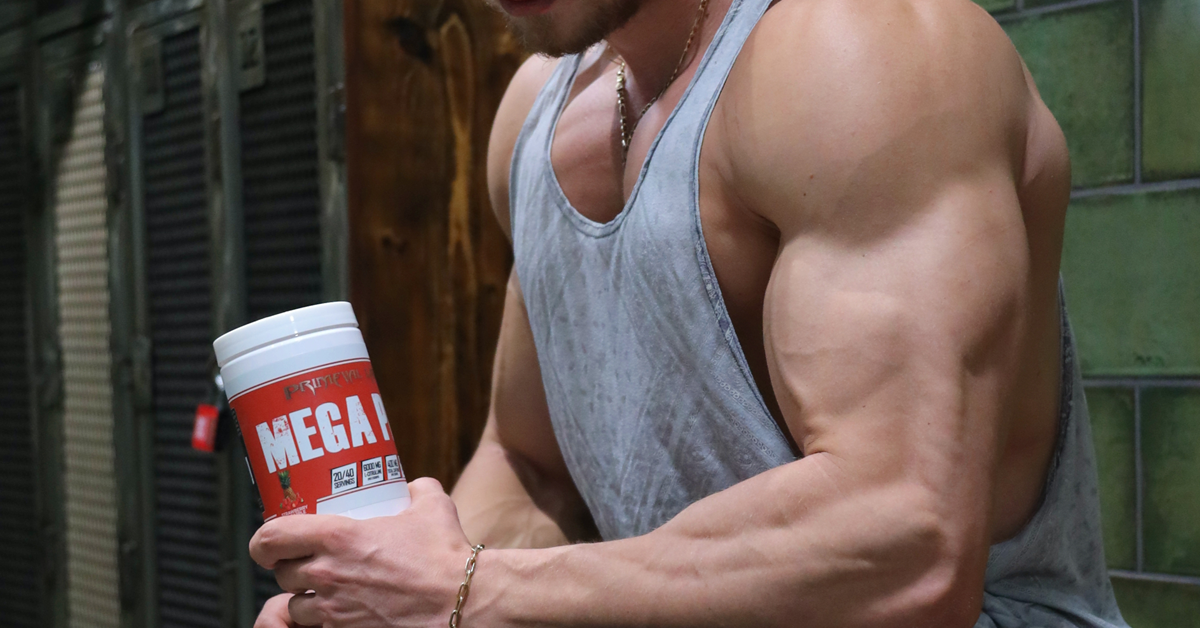




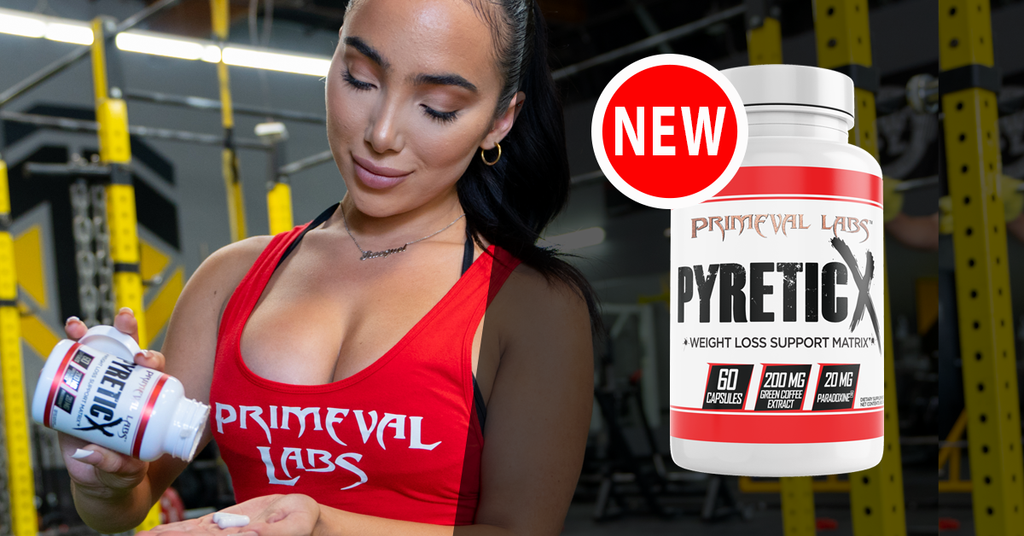

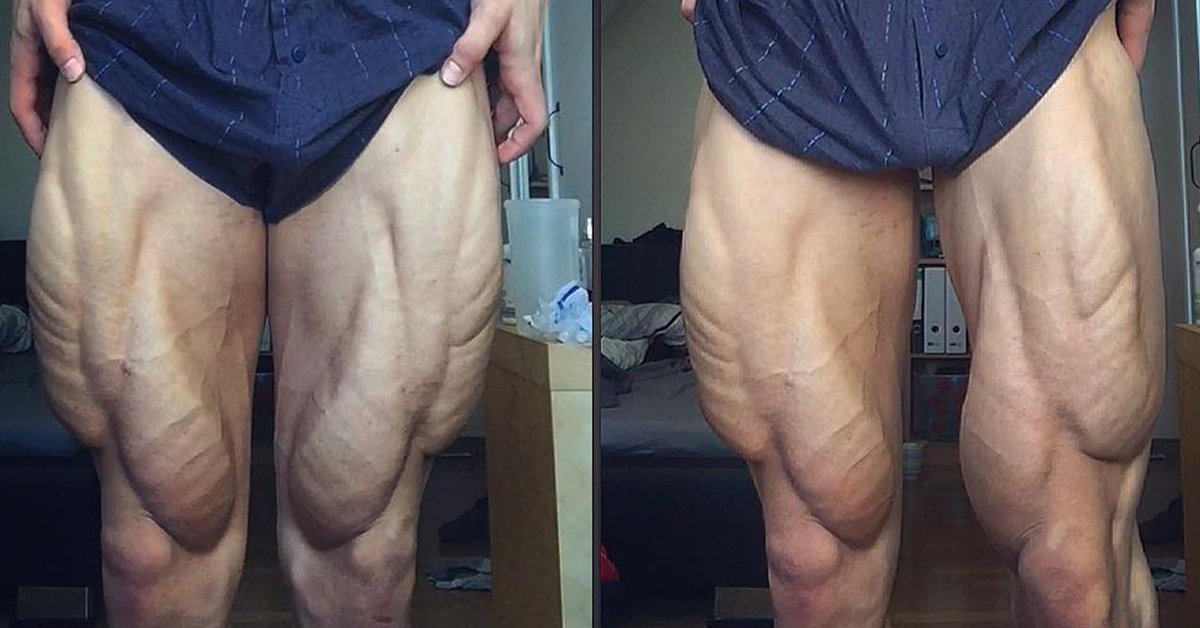
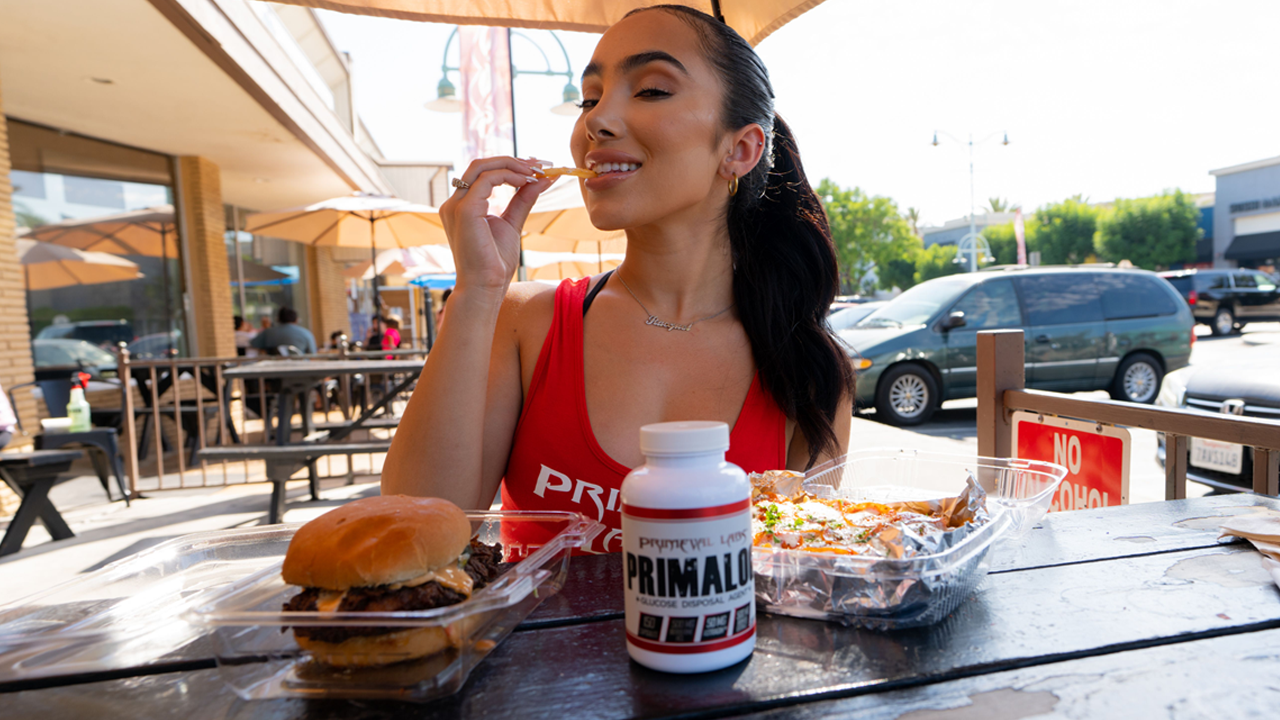

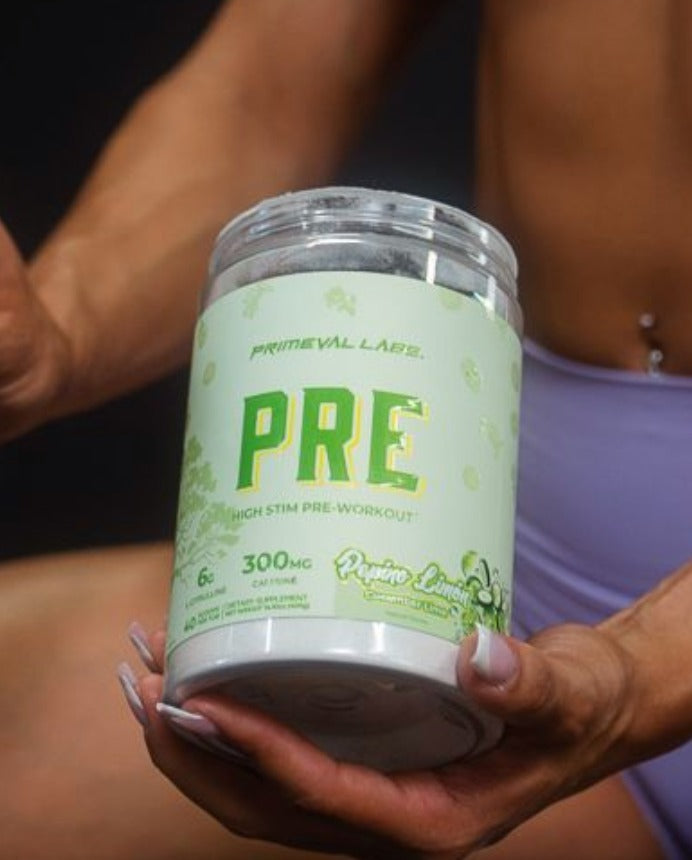


Leave a comment
This site is protected by hCaptcha and the hCaptcha Privacy Policy and Terms of Service apply.